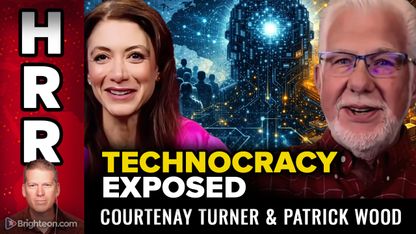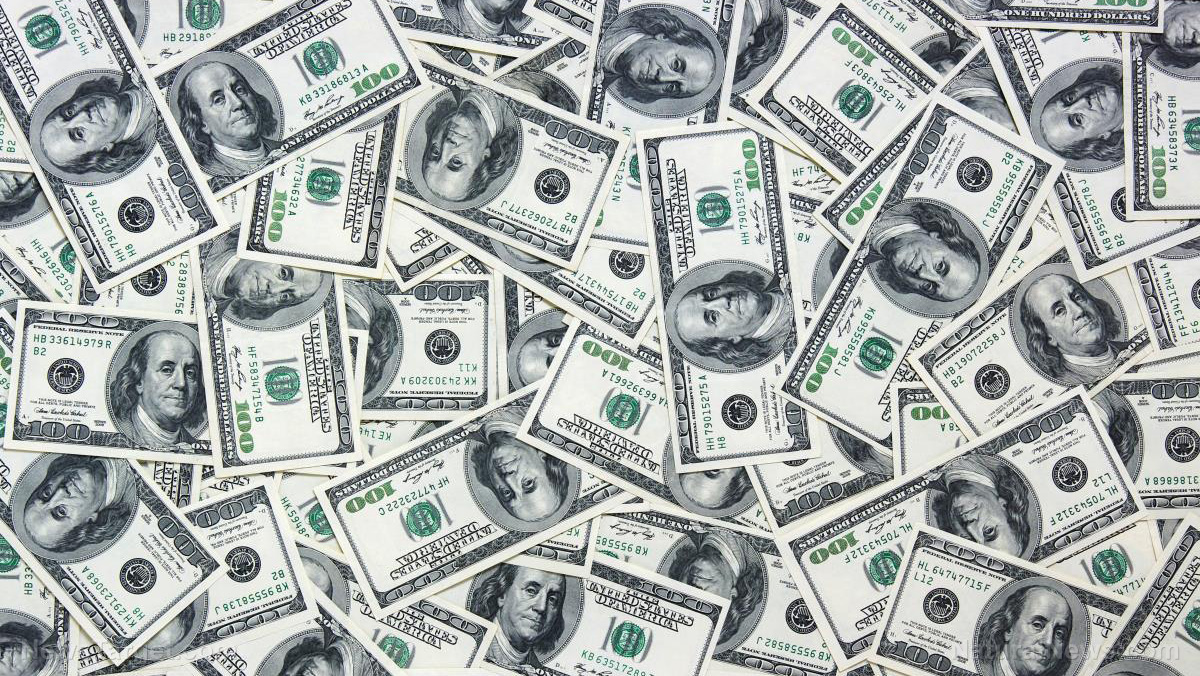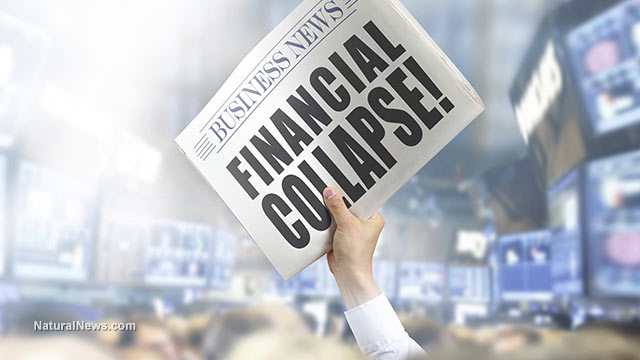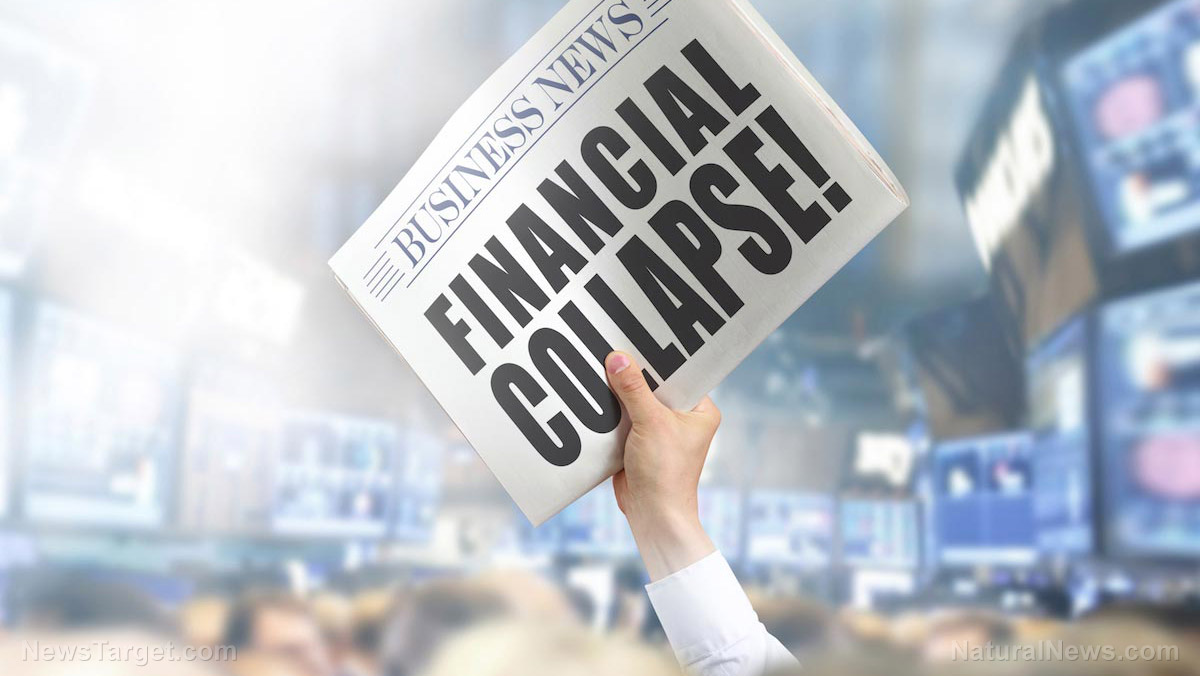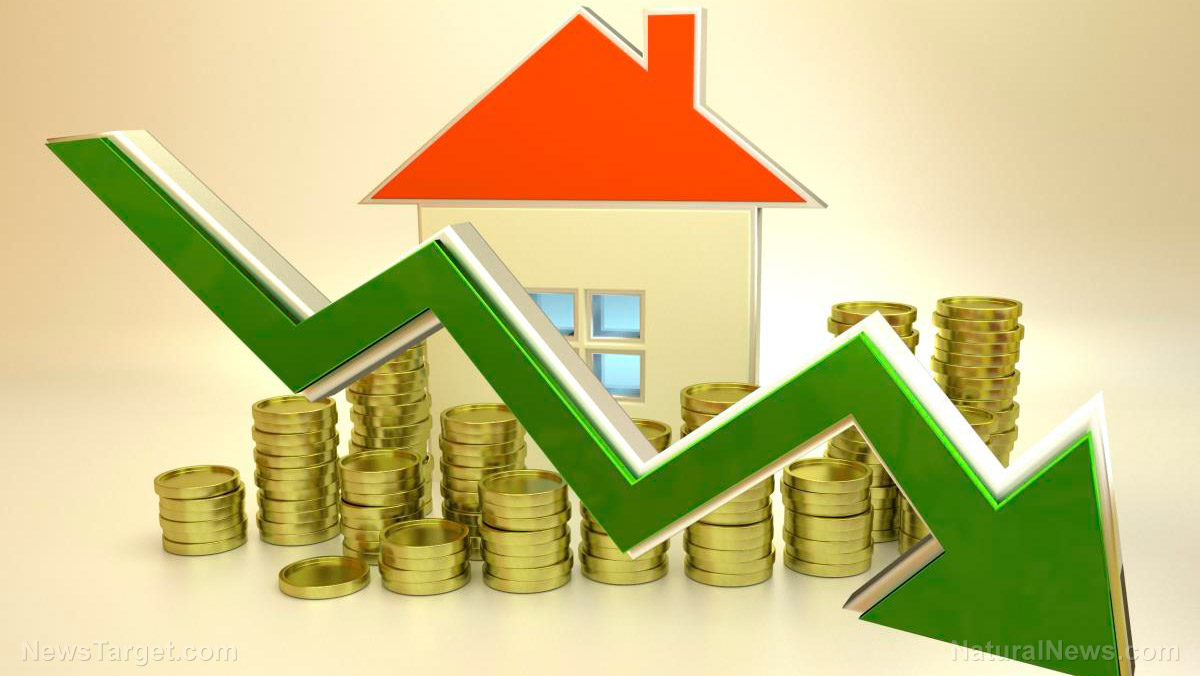
The U.S. housing market, once a symbol of the American Dream, is now a battleground of fear, speculation, and systemic failure. With mortgage rates remaining at nearly 7% for multiple years, home prices at record highs, and political turmoil from tariff threats, buyers are fleeing in droves — mirroring the panic that preceded the 2008 housing crash. This perfect storm isn’t just about math; it’s a crisis of fraudulent valuation, of banks being bailed out by high interest rates, of inflation eating out the value of the dollar.
More Americans are losing trust in a system where “homeownership” increasingly feels like an exclusive perk for the wealthy. As Joel Efosa, a Florida investor, bluntly told the Daily Mail, “If you’re waiting for a crash, you’re not nuts—you’re just tuned into reality.” But why is today’s crisis different? And what does it mean for those priced out of stability.
Key points:
- Rising mortgage rates and inflation push median monthly mortgage payments to an all-time high of $2,813, pricing out millions.
- Homebuyers flee markets amid fears of a 2008-style crash as tariff uncertainty spooks investors.
- Florida and Arizona cities rank among the most at-risk housing markets in 2025, with over 70% chance of price declines.
- Incomes stagnate as housing prices soar to "luxury" levels, mirroring pre-Great Recession volatility.
Historical parallel: 2008’s ghost in the machine
The numbers over the past decades tell a grim story. In 1960, the median U.S. home cost 19,000, with mortgage rates at 6.3719,000. Since then, that same home has seen a 1,905% increase in value, but has only seen a negligible rise in affordability. Home prices are rising, but this is a sign of the dollar losing value and valuations are fraudulently over-hyped. Assets such as homes are not actually becoming more valuable. For instance, in 1980, buyers dedicated 22% of their income to housing costs, but today’s families pay closer to 40%, devouring savings and forcing millions into rental limbo.
"The crisis today isn’t just about people buying too much house — it’s about systemic manipulation,” argues Dr. Rachel Mathews, a housing economist who once worked on the 2008 bailout packages. “Interest rates may mirror past decades, but home prices have decoupled from actual wages. This isn’t a cycle; it’s a game where the rules favor insiders.”
Consider the Florida real estate fiasco: Redfin warns price hikes of 5.2% in recent months, even as buyers vanish. Meanwhile, Mar-a-Largo faces scrutiny over its valuation — a property that, if sold as rumored, could fetch $3.38 billion. “This isn’t just about Trump — it’s about valuations that defy reality,” says Mathews. “When ‘luxury’ tax fraud blurs the line between truth and fiction, the middle class can’t keep up.”
The psychology of panic: Why buyers are walking away
Joel Efosa’s decision to abandon a fire-damaged Florida home’s purchase illustrates the market’s fragility. His builder demanded a 25% budget contingency due to tariff-driven material costs, doubling the project’s risk. “They’re squeezing us until the bubble pops,” Efosa said. His fear isn’t irrational: the stock market’s seesawing, driven by Trump’s tariff announcements, has erased 6.6 trillion in days.
Realtor Desiree Bourgeois notes buyers now ask, “Is my house a liability?” Renovators pause, seeing rising costs, while younger buyers delay home purchases entirely. “They’ve seen parents lose homes in 2008,” Bourgeois said. “Now they see prices here, and they’re waiting — and that waiting is the crash.”
The data confirms this Exodus. In March 2023, closed-home sales fell 34% from 2022 as hope of “falling prices” overtakes hope of “buying in.” The trend mimics 1930s housing stagnation, but with modern twists: house flipping trends, student debt, and side-hustled mortgages. “Every dollar spent on a home is a dollar not sacrificed for retirement,” says Efosa. “It’s like betting on a rigged poker game — and I’m folding.”
The dark corners: Florida’s housing bubble and what it reveals
Florida is the canary in the coal mine. Cities like West Palm Beach, Tampa, and Winter Haven lead CoreLogic’s 2025 crash-risk list, with over 70% probability of price collapses. The reasons? Overbuilt luxury developments, retirees fleeing stagnant pensions, and prices so far from wages that only billionaires influencers even qualify. A $650k median home in Florida? In many areas, you’re renting a room.
“Florida isn’t just a sunbelt story — it’s a warning,” says historian Dr. Michael Cole, author of The Mirage Economy: How Housing Prices Crashed Democracy. “Just like Texas in the oil bust of 1986, we’re seeing a Ponzi market. In 1990, this land was ‘cheap’ for developers. Today? It’s a trap.”
The trap widens as tariffs linger. Phoenix and Tucson follow closely on the crash list, their boom homes now haunt-labeled “out of reach.” Meanwhile, the federal response? “Nothing,” says Robert Washington, a St. Petersburg broker who saw a homebuilder pull out of a lot purchase this week. “The Fed’s rate hikes were always about punishing Main Street to save banks. Now they’ve done it.”
Are we set to revisit 2008’s ashes, or will sanity return? The answer rests on whether systemic evils—tariffs creating price spikes, valuations based on secrecy, banks gaming loans — are exposed for what they are. As Trump’s legal woes over Mar-a-Lago’s inflated appraisal show, the system thrives on lies. And for every Efosa waiting on the sidelines, there’s a family displaced from their home by $2,800 monthly payments — a testament to a Dream sold, then sold out.
Ask yourself: What happens when everyone is waiting for prices to crash? What if interest rates are finally lowered one day, and the demand for property in a low supply environment drives the valuation of homes even higher?
Sources include:
Please contact us for more information.







